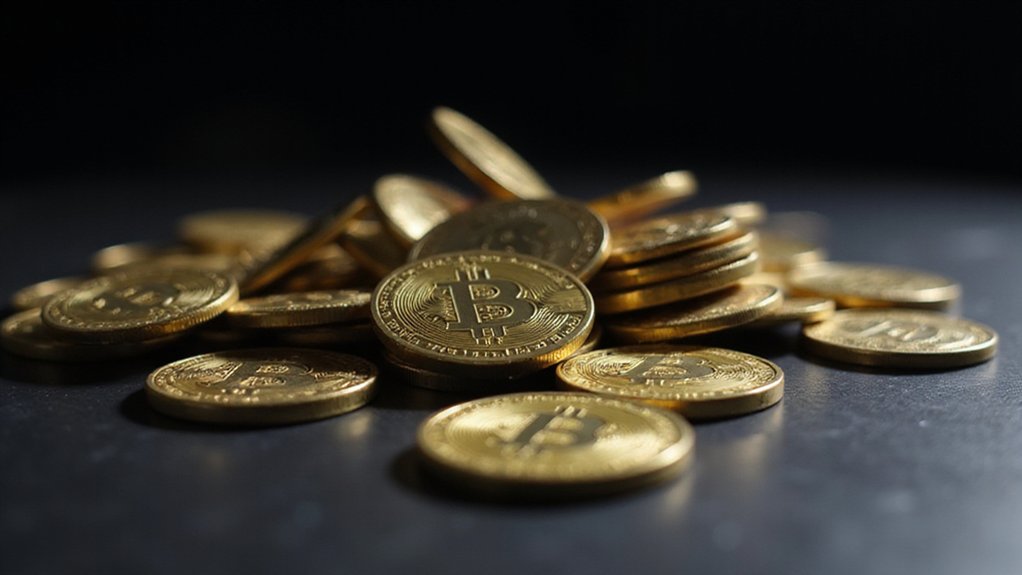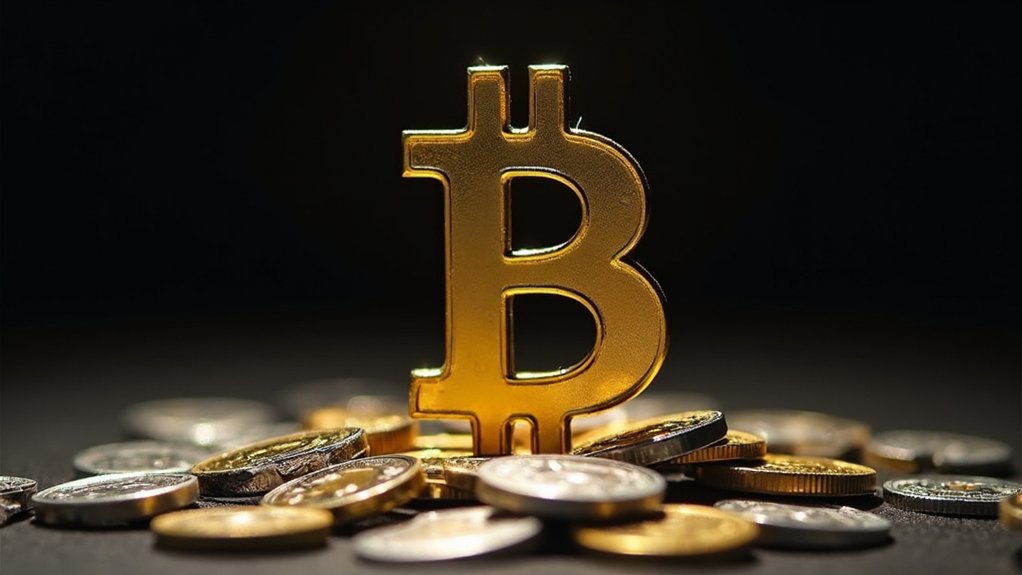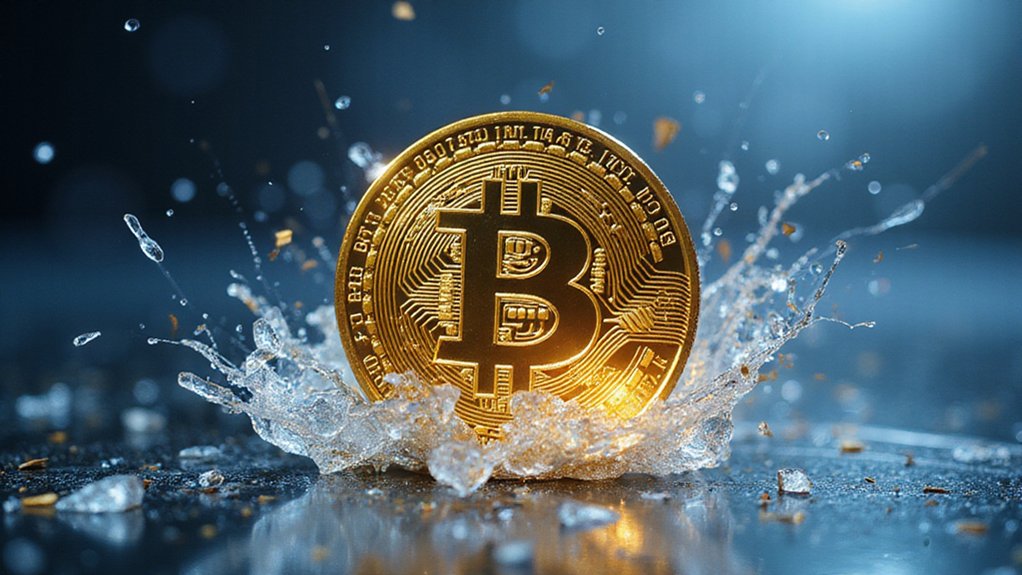While traditional finance titans have spent decades perfecting the art of moving paper certificates between marble-columned institutions, a cadre of blockchain networks has quietly assembled the infrastructure to tokenize virtually every asset on Earth—from Tesla shares to Manhattan real estate—with the kind of efficiency that would make a NYSE floor trader weep into his morning coffee.
Ethereum dominates this emerging landscape with the swagger of a fintech monopolist, capturing institutional favor through its thorough smart contract ecosystem. Tokenized stock initiatives like Robinhood’s Arbitrum deployment demonstrate how seriously Wall Street takes Ethereum‘s infrastructure, though experts wisely caution against placing all tokenization eggs in one blockchain basket—concentration risk being the financial equivalent of putting your retirement fund in a single stock.
Ethereum swaggers through tokenization like a fintech monopolist, though experts warn against betting everything on one blockchain basket.
Solana emerges as the scrappy challenger, offering transaction speeds that make Ethereum look positively glacial. Kraken’s xStocks leverages Solana for tokenized equity trading outside U.S. borders, while proposed Solana ETFs suggest institutional enthusiasm extends beyond mere technical admiration. When financial giants deploy $135 million into Layer 1 ecosystems including Solana, one suspects the tokenization revolution has moved beyond Silicon Valley fever dreams.
XRP occupies the strategic role of bridge currency, with corporate partnerships positioning the XRP Ledger as essential cross-border infrastructure. Mercado Bitcoin’s plan to tokenize $200 million on XRP Ledger represents tangible adoption beyond regulatory speculation, proving that utility sometimes trumps courtroom drama in institutional decision-making.
Chainlink functions as the indispensable data backbone, providing oracle services that guarantee smart contracts receive accurate real-world information—because tokenized assets are only as reliable as their underlying data feeds. Portfolio managers increasingly view Chainlink as essential infrastructure rather than speculative cryptocurrency.
The numbers suggest this transformation transcends crypto enthusiasm: tokenized real-world assets recently reached $25 billion in value, with industry experts forecasting trillions in eventual migration.
Coinbase’s SEC filing for domestic tokenized stock trading, combined with Wall Street firms like Citadel and Goldman Sachs investing in tokenization infrastructure, indicates mainstream financial adoption approaches inevitability rather than possibility.
Regulatory clarity through initiatives like the Senate’s Genius Stablecoin Act may finally provide the framework necessary for tokenization to challenge traditional exchange monopolies—assuming regulators can navigate innovation without strangling it. These blockchain-based financial systems have evolved from $1 billion to over $120 billion in value within five years, establishing a parallel economy that operates without traditional banking infrastructure gatekeepers.








